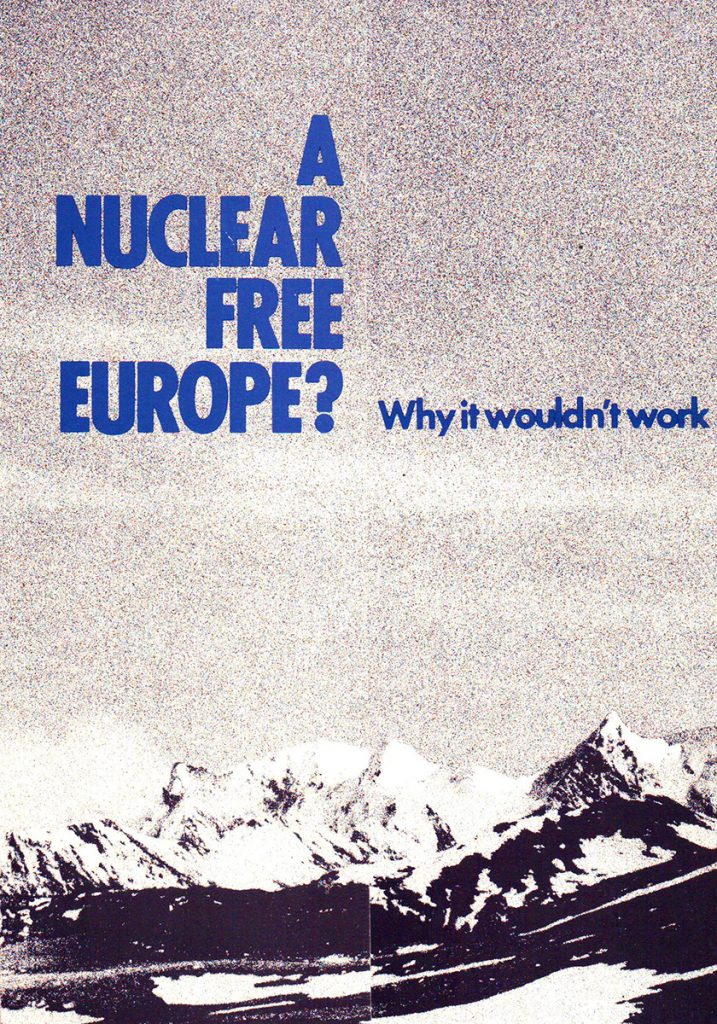This early 1980s protest flyer was handed out by members of Oswestry Nuclear Disarmament Group (ONDG).
Oswestry, found in Shropshire near the Welsh border, was under threat because of the nearby Criggion Radio Station. Criggion transmitted messages to British nuclear submarines, making it a potential target for attack in a war with the USSR.
As well as providing anti-nuclear viewpoints and information, the leaflet acted as a recruitment tool for new members for ONDG.
Looking for more?
My book, Nuclear War in the UK (Four Corners Books, 2019) is packed with images of British public information campaigns, restricted documents, propaganda and protest spanning the length of the Cold War.
It also tells the story of how successive UK governments tried to explain the threat of nuclear attack to the public. It costs just £10 – find out more here.
Don’t forget you can also follow me on Twitter – @coldwaruk – to get extra bits and pieces, as well as being the first to know when I post something new here on the blog.






